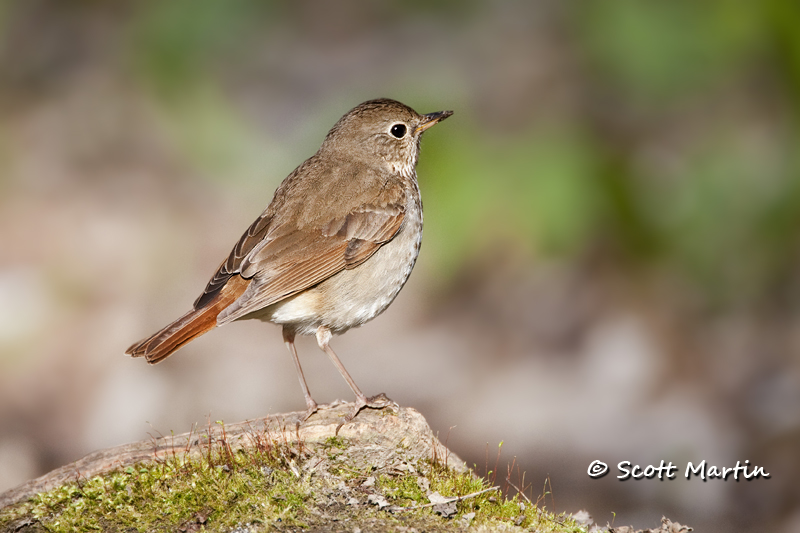
by Scott Martin Photography | Jun 23, 2011 | Blog
The Hermit Thrush is a common bird with an estimated global population of over 56,000, 000. It’s a pretty little bird that also has one of the more unique and great sounding songs that is easily heard when wandering around in the coniferous or mixed woods environment they prefer to live in. Although Hermit Thrushes usually nest in trees when living west of the Rocky Mountains, their preferred nesting location to the east is on the ground where they form a cup nest from leaves and twigs. For food they forage on the ground preferring insects and berries. They are a small bird with a length of about six inches and wing span of twelve inches.
The first image is of a Hermit Thrush on the ground, but fortunately out in the open with great separation from the back ground vegetation and in good light; two of the factors that combine for a good photograph. With this particular image I first located the perch (an exposed tree root) and then positioned myself on the ground such that the back ground and lighting would be favourable when the bird arrived. There were four thrushes foraging actively in the vicinity so it was just a matter of waiting for one to step up for a picture, which happened almost immediately. Unfortunately he was only on the perch for a split second, but that’s long enough to get a couple of shots if you are “lucky”. Luck being defined as opportunity meeting preparedness.

The next three images are of a Hermit Thrush perched on a branch about ten inches above the ground. In this case I’d heard the bird singing from the perch and he remained on the perch for at least five minutes. This provided lots of time to move around and play with the back grounds, giving the images very different looks even though the bird was in the same location the whole time.
The first shot with a log in the back ground.

Followed by a completely dark back ground.
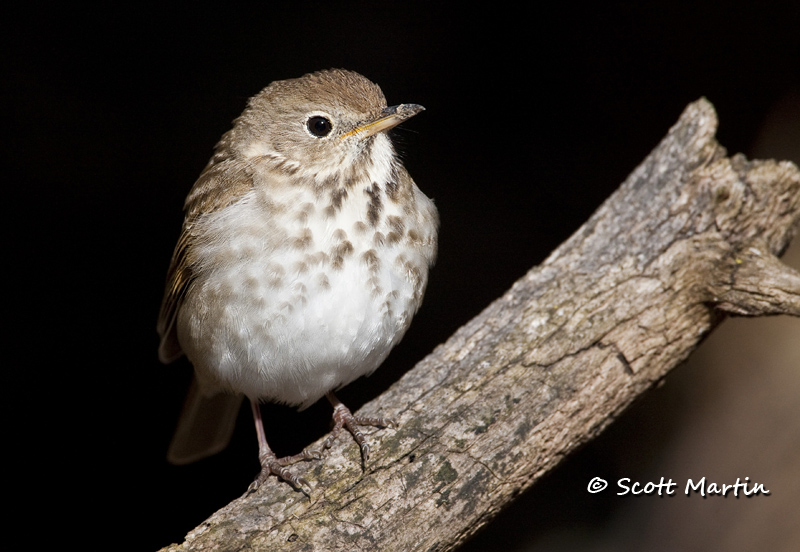
The last three images in this series were taken with a 500mm lens plus 1.4xTC for an effective 700mm focal length. That was a little too much as the thrush was only about fifteen feet away. The last shot is an experimentation with a square crop which is not commonly done however in this case the bird is full sensor in the vertical plane so cropping off a little from the sides was all that could be done. I’m not sure if I like it or not, so any comments would be appreciated.
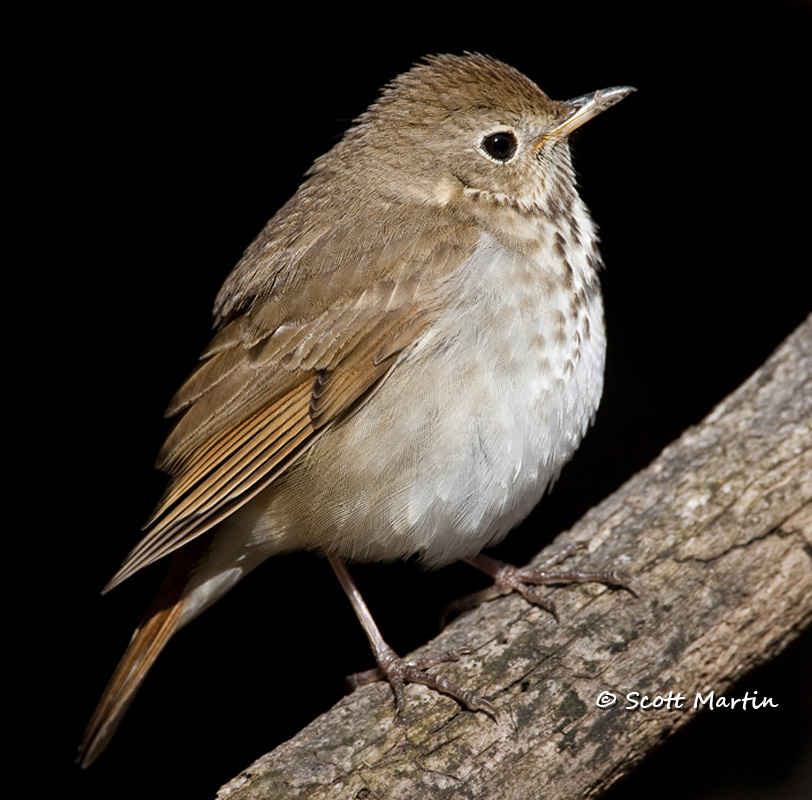
All of these images were taken at Thicksons Woods in Whitby, Ontario.
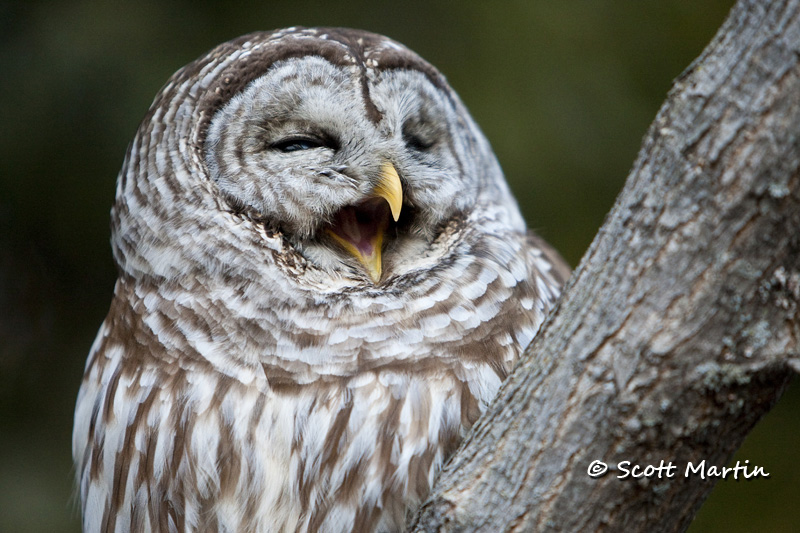
by Scott Martin Photography | Jun 18, 2011 | Birds, Blog, Raptors
Pardon me for the unusual title of this post however I’m at the cottage this weekend and am experimenting with an iPad 2 to make this post. So far everything is going smoothly and the iPad continues to be an impressive toy, well actually more than that, an impressive tool. The wonders of modern technology we are taking for granted today would be considered pure science fiction even two generations ago.
This past winter we were fortunate to have a pair of Barred Owls close by which were seemingly always available for a photo shoot. A couple of months ago Deb & I headed out very near sunset and found this owl sitting about eight feet off the ground and only ten feet from the path we were walking on. I took a few shots with the iPhone and then went back to the car to get my camera and 70-200mm zoom lens. We stayed with t he owl until it was too dark to take anymore pictures. It was a privilege to watch this beautiful bird as it readied itself for another evening of looking for mice & voles.
The following images are basically straight out of the camera with very little, if any, cropping. Although we took several shots the following two represent slightly different views than the usual perched owl poses.
Waking up after the afternoon nap.

Stretching the wings before supper.
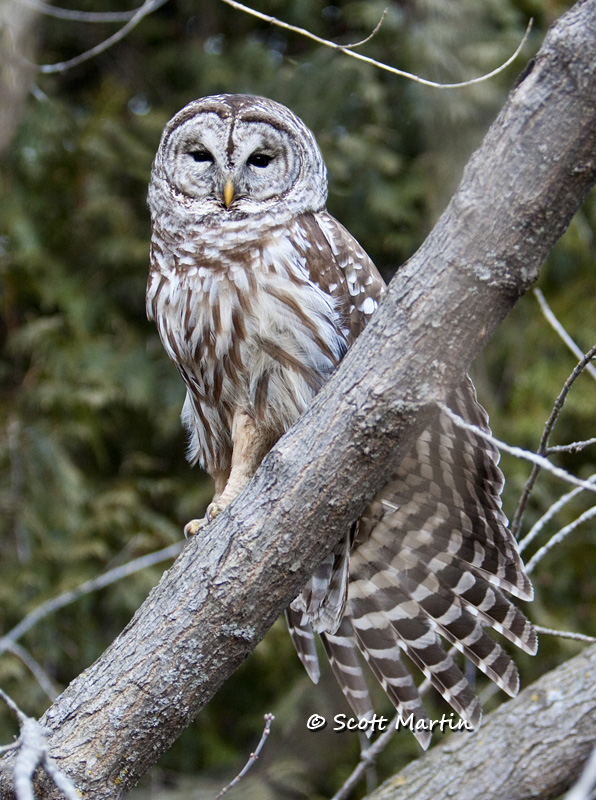
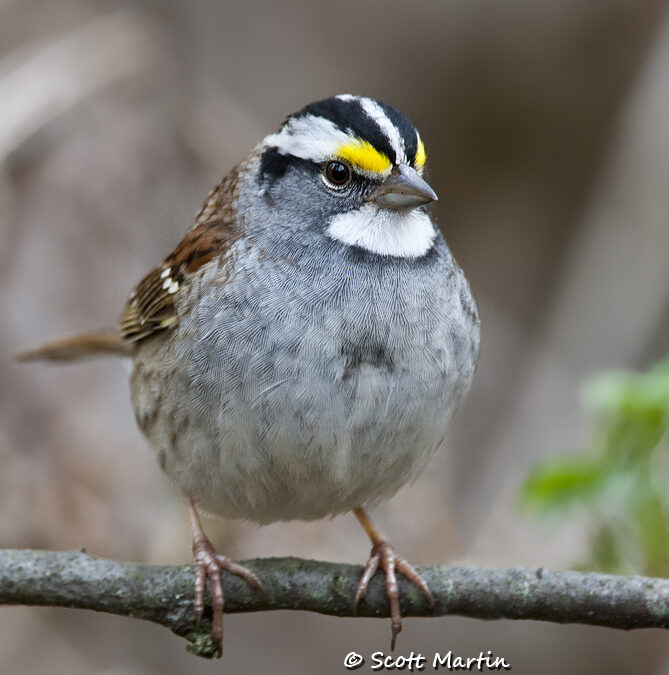
by Scott Martin Photography | Jun 14, 2011 | Birds, Blog, Sparrows
For bird photographers in southern Ontario, May and June is the time to look for northward migrating warblers, resplendent in their breeding plumage. Unfortunately scheduling didn’t allow me to get out for more than about an hour or two to look for warblers and as a result I don’t have any post worthy images to share. Hopefully next year! In lieu of warblers, here is a very common but also very pretty White Throated Sparrow.
White Throated Sparrows were first described in 1789 and are found in two different, genetically determined, morphs; white-crowned and the tan-crowned. The two morphs occur in about equal numbers and the interesting thing is that the birds virtually always pair up with their opposite morph.
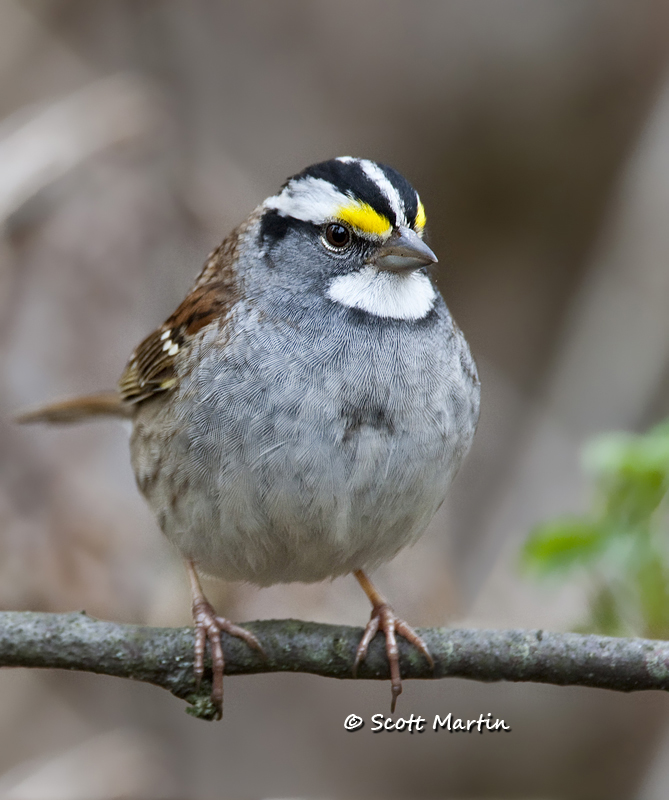
.
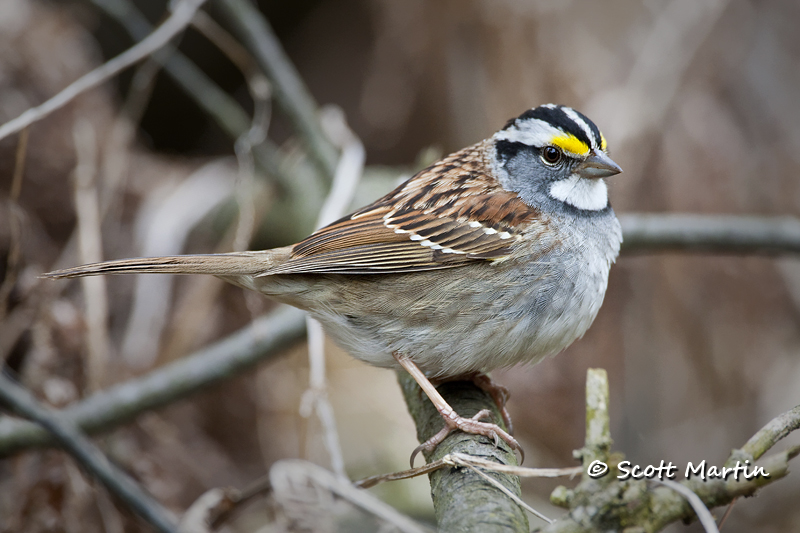
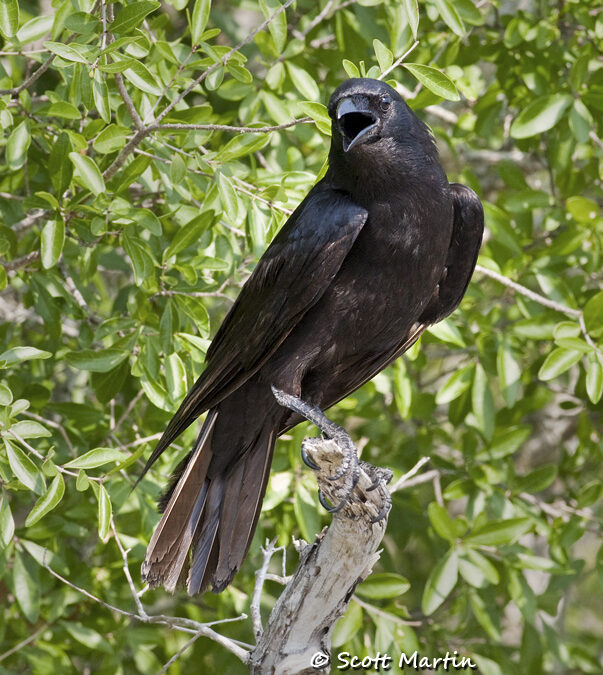
by Scott Martin Photography | Jun 10, 2011 | Birds, Blog, Shore Birds & Waterfowl
Photographing black and white birds always creates an exposure challenge, that if not properly addressed results in overexposed whites and underexposed blacks. Both of these situations result in images destined for the trash bin as the detail in the shadows and highlights is underexposed in the former and blown out forever in the latter. Sometimes getting the right exposure is counter intuitive unless you think about how the light meter in your camera works. You camera’s light meter sees grays, not blacks and whites, and it is designed to provide the proper exposure for a neutral gray. Approximately 18% of the light that strikes a neutral gray is reflected, and its the reflected light that your meter reads to calculate exposures. The problem arises in that whites reflect about 36% of the incident light while blacks only reflect about 9% and your camera is calibrated to base its exposures assuming an 18% reflectance. This is why if you shoot in an automatic mode, making no exposure compensation, your camera will underexpose predominantly white scenes (a snow-covered field) and overexpose predominantly black scenes (an asphalt parking lot) making both look rather dull or gray in appearance. In order to make colours pop you need to add 2/3 to 1 stop when shooting winter scenes and take 2/3 to 1 stop less when shooting parking lots and coal pits!
When shooting black and white birds the exposure challenge is a little different in that the bird generally occupies 1/3 to 1/2 of the frame, while the camera meters the whole frame and sets the exposure reading accordingly. This generally overexposes the white birds and underexposes the dark birds unless you make the required compensation.
Although many times you don’t get a second chance at a bird, especially when they are in flight, always check the histogram to make certain the whites are not overexposed (the right side of the histogram should be close to, but not touch, the right vertical axis). If you can, set your camera to ‘highlight alert’ which will cause overexposed areas on an image to blink when viewed on the camera’s LCD. These two things will help you easily recognize overexposure after the fact and allow you to make the required corrections for the next images.
The first two images are of a Fish Crow, taken at the Ding Darling National Wildlife Refuge on Sanibel Island in Florida. Taken with a 400/5.6 lens and the exposure was increased 1/3 stop to help bring out the detail in the shadows but still retain the dark colour of the crow.
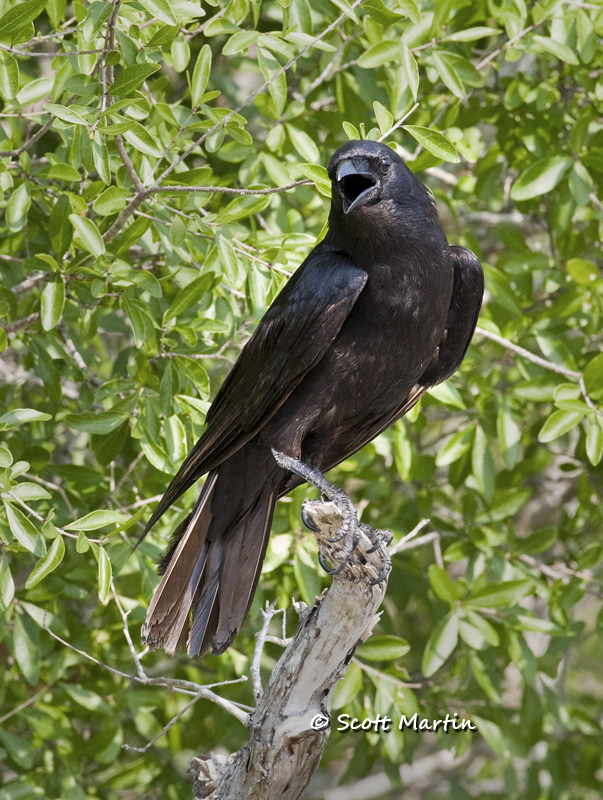
.
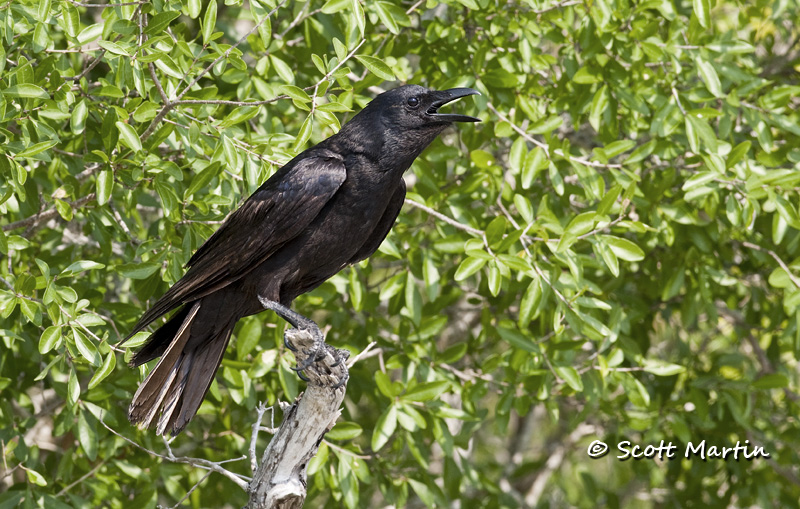
The White Ibis was taken with the same lens, however the exposure was 1 1/3 fewer stops than the meter indicated so none of the whites were overexposed.
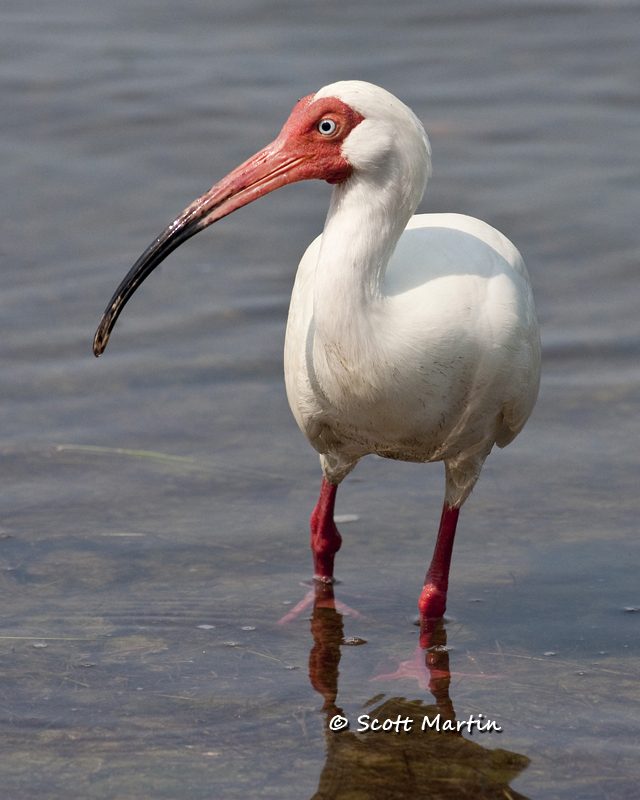
.
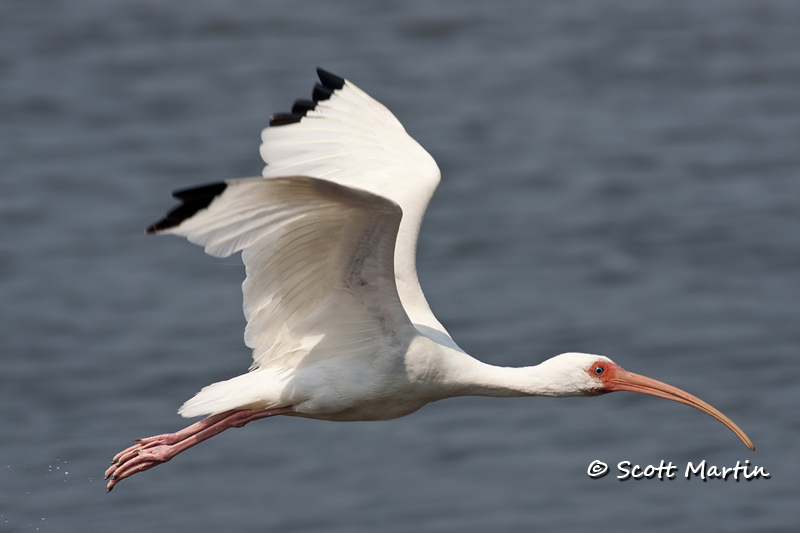
It was a real treat to have my favourite Egret, the Snowy Egret fly by at fairly close range. Their black legs, bright yellow feet any punky crown make for great pictures….as long as you get the exposure right 🙂
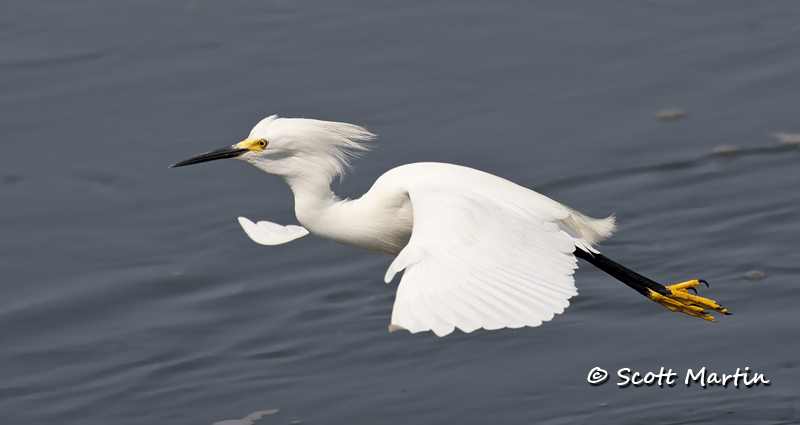
For lots more shots of Ibis and Egrets please check out the Wading & Shore Birds Gallery
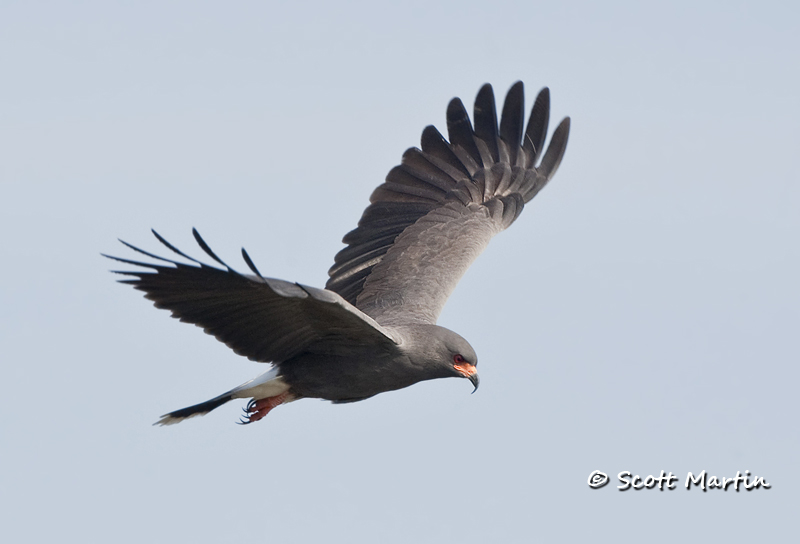
by Scott Martin Photography | Jun 3, 2011 | Birds, Blog, Raptors
June has arrived and it is hard to believe that almost three months have past and I’m just now finishing processing Snail Kite images from March. These last images are all in-flight shots taken hand-held from a boat in Big Lake Toho which is in central Florida.
It seemed like capturing the males in-flight was much more difficult than the females and younger birds. Here are a couple of males.

This younger male has a tracking radio transmitter attached to its back and the antenna is seen below its tail.
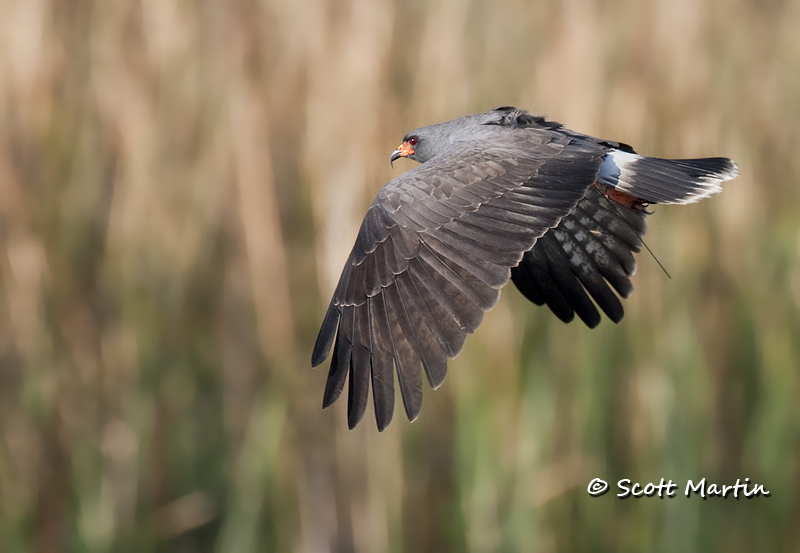
An adult female.
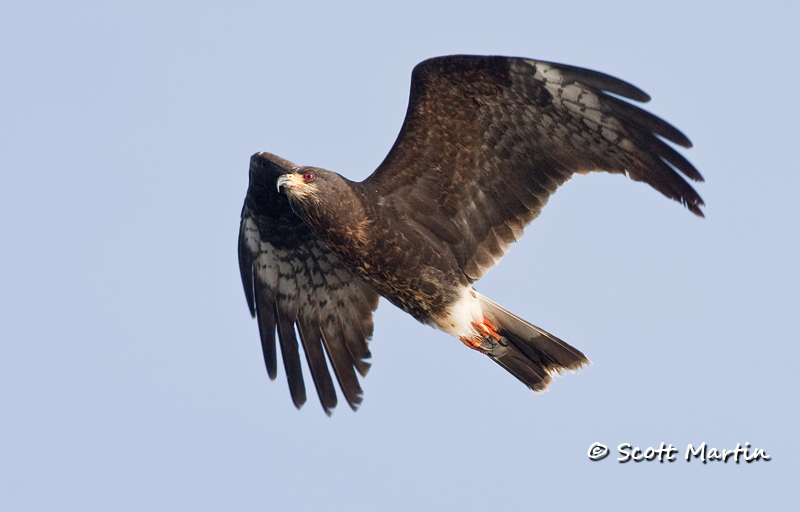
.
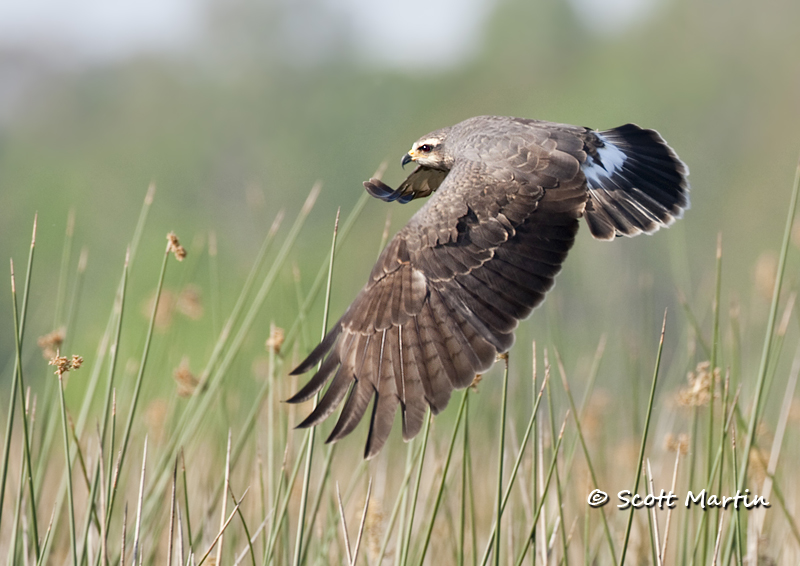
.
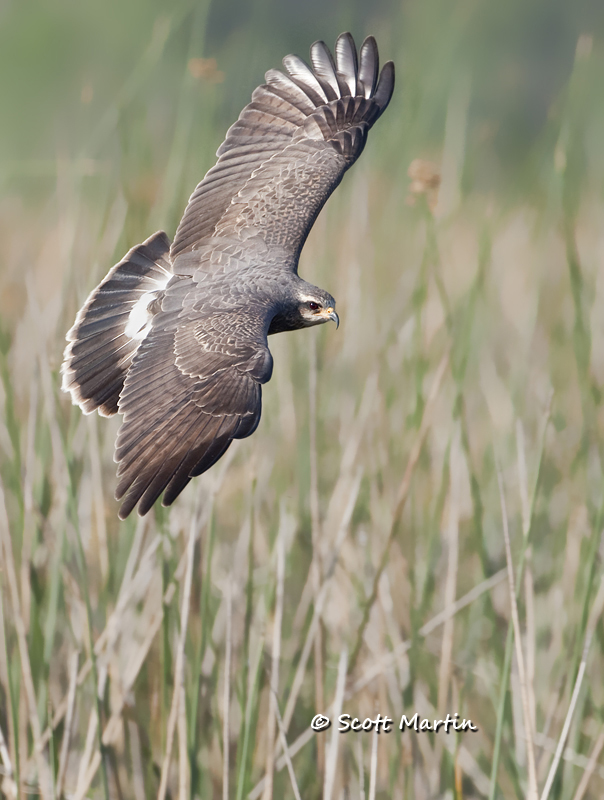
More Snail Kites can be viewed in the Hawks, Falcons & Kites Gallery
Snail Kites are a beautiful raptor to photography and it is well worth your while to track them down the next time you are in central Florida and want to take a rest from the Magic Kingdom 🙂
























Follow Scott Martin Photography